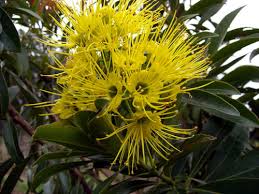Response of Photosynthetic Capacity to Soil Moisture in Xanthostemon chrysantus (F. Muell.) Benth.
A study was carried out to investigate the physiological response of a landscape tree, Xanthostemon chrysantus (F. Muell.) Benth. planted at two urban sites in Kuala Lumpur. Photosynthetic rate (A), transpiration rate (E), stomatal conductance (gs) and water use efficiency (WUE) at flushing, flowering and fruiting stages of the trees grown at Metropolitan Batu Park (MBP) and Pusat Bandar Manjalara (PBM) were recorded for a year during rainy and dry periods. Soil samples of both sites were also analysed for physical properties. Significant different in A, E, gs and WUE were observed at flushing stage of both rainy and dry periods. At flowering stage, significant different was noted in A for both periods, while variations only recorded among E and gs during dry period. Physiological traits at fruiting stage were similar at both periods for MBP and PBM. Trees at PBM had higher WUE at flushing during rainy and dry periods than those trees at MBP, showing higher capability of utilising water while reducing water lost through transpiration. The sandy loam soil of the study plots contains more than 67% of sand, reducing the moisture content, hence affecting photosynthetic capacity of the trees. Xanthostemon chrysantus however, can be considered as a hardy species because it can tolerate the harsh condition of the planting sites.
To Know more: https://bit.ly/2svTrf8
To Read more: https://goo.gl/ArsBF5

